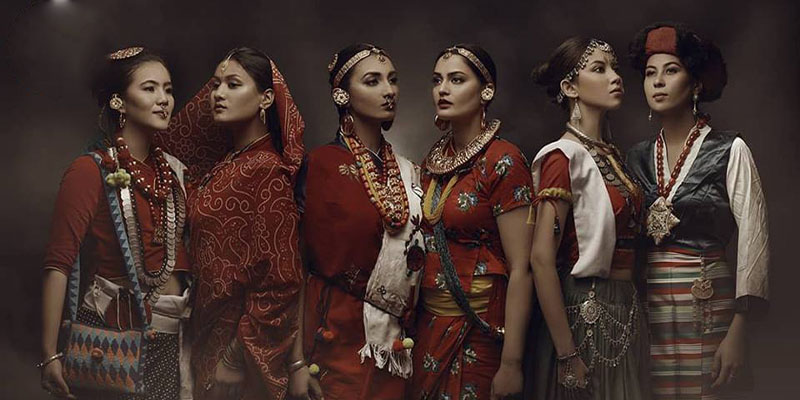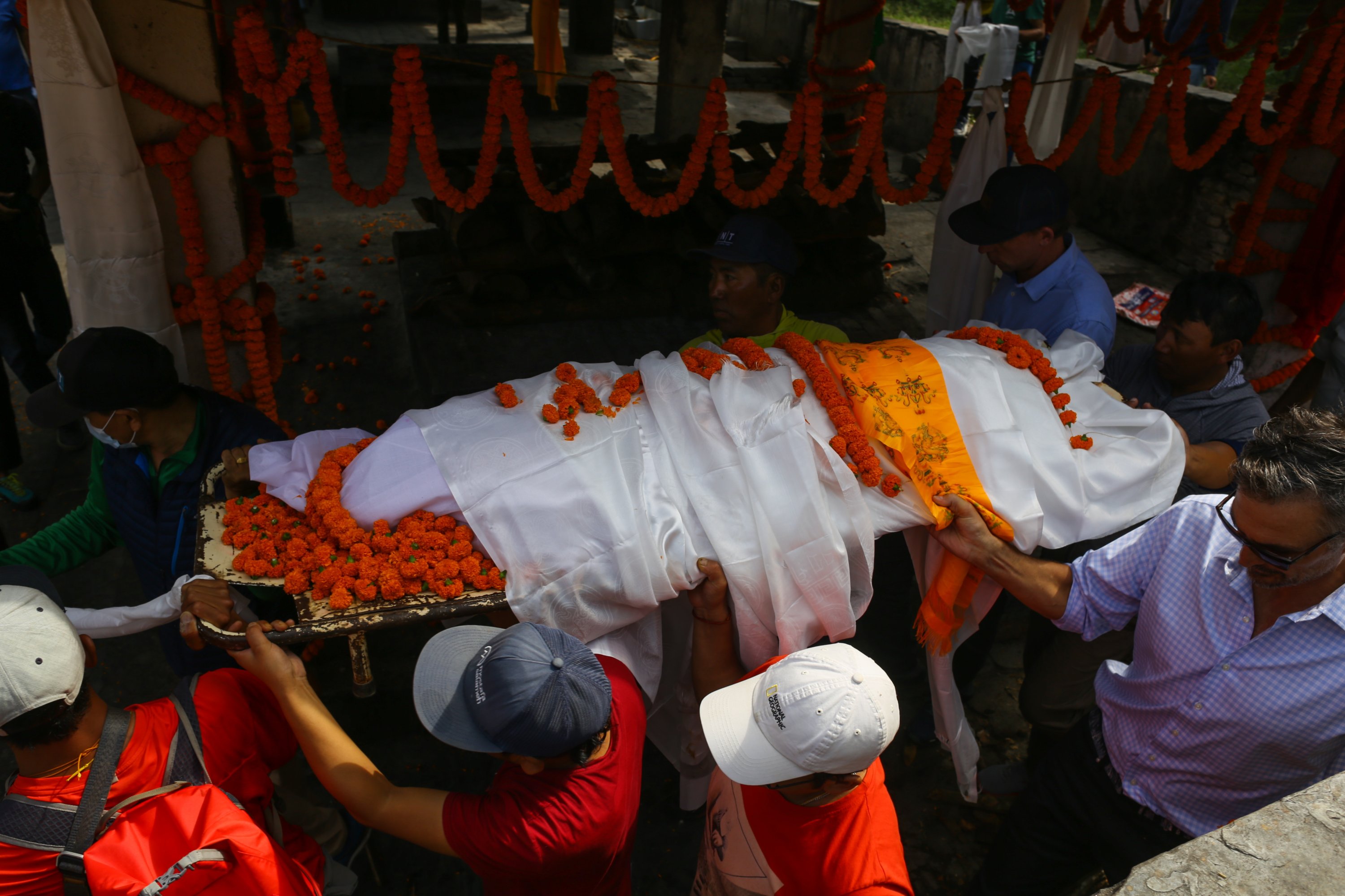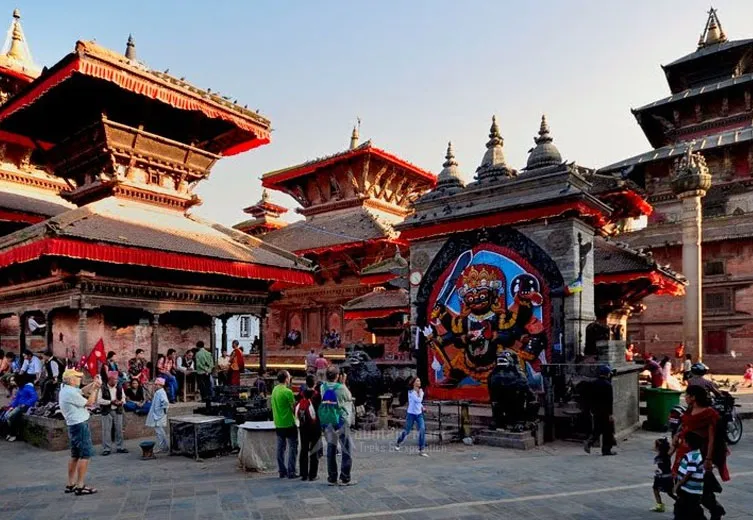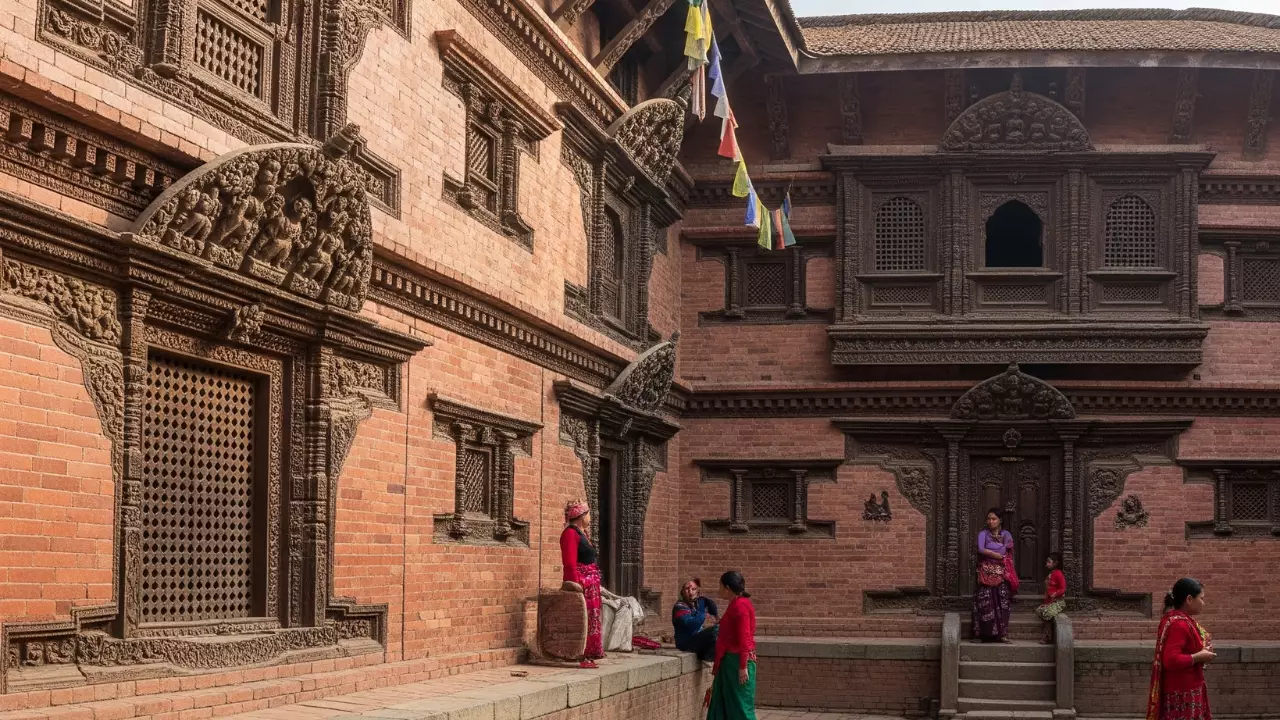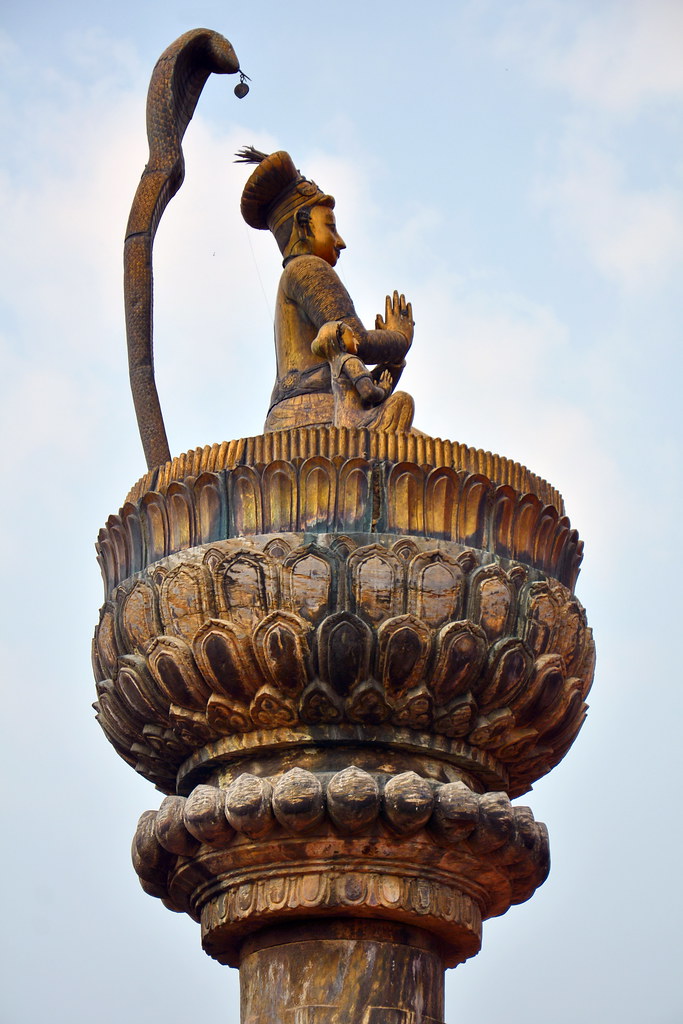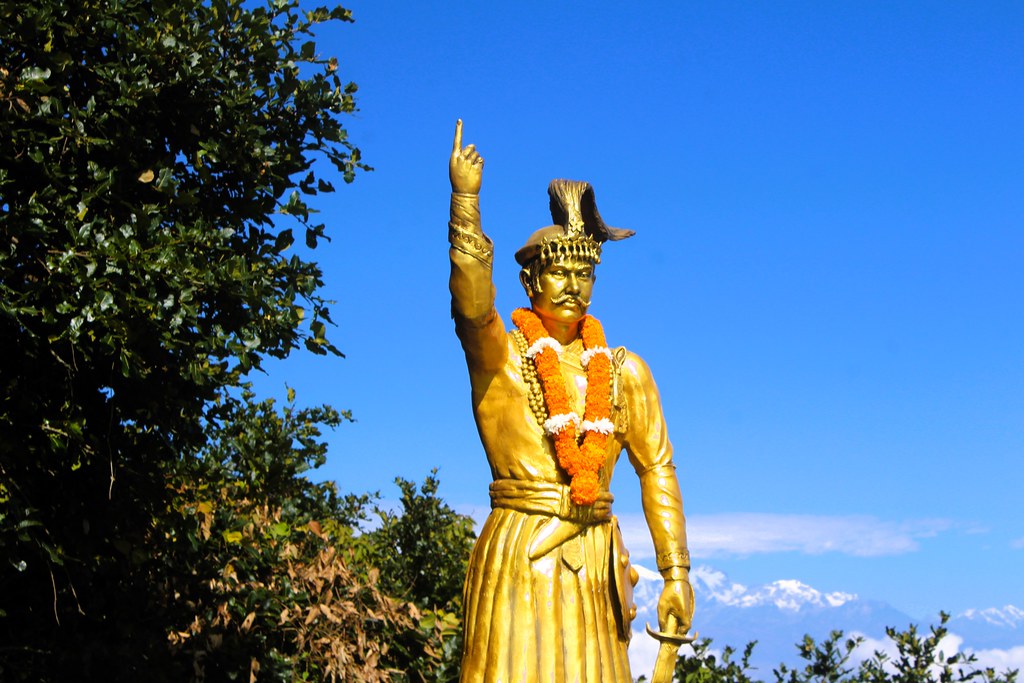Share this Article
Thakali cuisine, a unique and rich culinary tradition from the Thakali people of Nepal, is an excellent representation of the diverse flavors and ingredients that grow in the Himalayan region. The Thakali community, primarily residing in the mid-hills of Nepal, has a long history of agriculture, trade, and hospitality, all of which have influenced the development of their cuisine. Known for its simplicity, balance of flavors, and use of fresh, local ingredients, Thakali food offers a true taste of the Himalayas.
The Thakali People and Their Culinary Heritage
The Thakali people are indigenous to the Thak Khola Valley in Mustang, an area of Nepal situated in the central Himalayas. They have a strong connection to both agriculture and trade, and this dual influence is reflected in their culinary practices. The cuisine combines elements of Nepali, Tibetan, and Indian food traditions, which have merged over centuries due to the region’s strategic location as a crossroads for travelers and traders.
Key Characteristics of Thakali Cuisine
Thakali food is known for its nutritional balance, combining carbohydrates, proteins, and vegetables in a way that supports the active lifestyles of those living in the high-altitude regions. The cuisine features rice, lentils, vegetables, and meat, with an emphasis on freshness and seasonality. Spices are used liberally, but they are carefully balanced, ensuring the dishes remain flavorful without being overwhelming.
-
Rice and Dal (Lentils): At the heart of Thakali cuisine lies dal bhat (lentils and rice). It is the staple food of the Thakali people and forms the base of most meals. The rice is usually steamed or boiled, and the dal, a mixture of lentils (often yellow or green), is prepared with spices such as turmeric, cumin, and asafoetida. This combination provides essential nutrients and energy, especially in the cold, high-altitude regions.
-
Vegetables and Pickles (Achar): Thakali cuisine features a variety of seasonal vegetables, many of which are grown in the fertile lands of the Thak Khola Valley. Common vegetables used include potatoes, cauliflower, spinach, tomatoes, and pumpkins. These vegetables are prepared in simple, flavorful ways—often sautéed with spices or made into curries. The Thakali are also known for their variety of achar (pickles), which add tanginess and spice to the meal. Pickles made from mango, radish, chili, and garlic are popular and are often fermented to enhance their flavor.
-
Thakali Curries: Thakali curries are typically rich and hearty. The meat curries, made from buffalo, chicken, or goat, are slow-cooked and infused with aromatic spices, giving them deep, complex flavors. Some of the most popular curries include mutton curry, buffalo meat curry, and chicken curry. These are served with rice and dal, making for a balanced and filling meal.
-
Momo (Dumplings): A famous dish that has spread throughout Nepal, momo (dumplings) is a beloved specialty of the Thakali cuisine. These steamed or fried dumplings are filled with a variety of ingredients, including meat (buffalo or chicken), vegetables, and cheese. The dough is typically made from flour, and the dumplings are served with a spicy dipping sauce known as momo achar.
-
Sel Roti: Sel roti, a traditional Nepali rice doughnut, is often prepared for special occasions, festivals, or as a snack. It is made from rice flour, sugar, and milk, deep-fried into a circular shape. While it is a part of many Nepali traditions, in Thakali cuisine, it is served alongside milk tea or as part of a festive meal.
-
Gundruk: Like many other communities in Nepal, the Thakali also enjoy gundruk, a fermented leafy green, made from mustard greens, radish leaves, or spinach. Gundruk has a tangy, sour taste and is served as a side dish or soup with rice. It’s a valuable food source, especially during the winter months, and is packed with vitamins and probiotics.
-
Chiya (Tea): No meal in Thakali cuisine is complete without a cup of chiya (tea). Thakali people drink tea several times a day, often served with sugar, milk, and cardamom. The tea acts as a digestive and is usually offered to guests as part of the traditional hospitality.
Thakali Meal Structure
A typical Thakali meal follows a structured format that reflects both the simplicity and richness of the cuisine:
-
Dal Bhat (rice and lentils) forms the base of the meal.
-
The meal is accompanied by a variety of vegetable curries, meat curries, vegetable side dishes, and pickles.
-
Momo or sel roti may be served as a snack or starter.
-
The meal is concluded with a cup of chiya.
Thakali meals are usually served in a traditional thali (plate), with small portions of each dish neatly arranged. This structure reflects the importance of balance and variety in the Thakali diet, which emphasizes both flavor and nutrition.
Hospitality and Cultural Significance
Hospitality is central to Thakali culture, and food plays a key role in expressing this value. When guests arrive, a traditional Thakali meal is often prepared for them, showcasing the best of their cuisine. The warm, welcoming nature of the Thakali people is mirrored in the generosity of their meals, which are typically served in abundance. Meals are often enjoyed in a communal setting, with family and friends coming together to share food, celebrate, and bond.
In addition to daily meals, Thakali cuisine is also an essential part of rituals and festivals. Special dishes like momo and sel roti are prepared during holidays, and specific meals are served during religious ceremonies, reinforcing the deep connection between food, culture, and spirituality.
Thakali Cuisine and Its Influence
Thakali cuisine has made its mark beyond the Thakali community and has become popular throughout Nepal. The distinct flavors and fresh ingredients used in Thakali food have contributed to its recognition as one of the top regional cuisines of the country. Thakali restaurants can be found in major cities like Kathmandu, Pokhara, and Dharan, where visitors can enjoy an authentic taste of the Himalayas.
Moreover, the Thakali food culture has also influenced other culinary traditions in the region, particularly in the Tibetan and Gurung communities. The love for momo, dal bhat, and meat curries has become widespread across Nepal, cementing Thakali cuisine as a beloved part of Nepal’s culinary heritage.
Conclusion
Thakali cuisine is a beautiful reflection of the Himalayan culture—simple, nourishing, and full of depth. It embodies the agricultural richness of the Thak Khola Valley and the hospitality of the Thakali people. From the comforting bowls of dal bhat to the savory momo and hearty meat curries, Thakali food offers a window into the flavors, traditions, and lifestyle of one of Nepal’s most fascinating ethnic groups. Whether enjoyed in a small village home or a bustling Kathmandu restaurant, Thakali cuisine is a true taste of the Himalayas, offering a satisfying and delicious experience that is deeply rooted in culture and history.
Categories:
History & Heritage
,
Lifestyle & Local Life
Tags:
Heritage
,
Local Life

